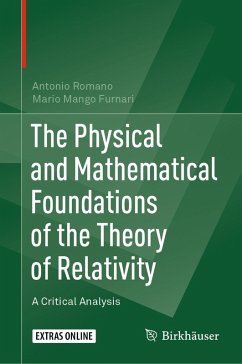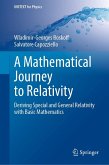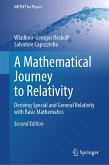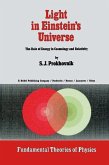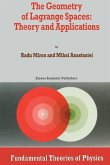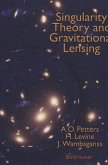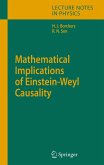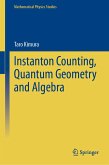After reviewing the fundamentals of differential geometry and classical mechanics, the text introduces special relativity, first using the physical approach proposed by Einstein and then via Minkowski's mathematical model. The authors then address the relativistic thermodynamics of continua and electromagnetic fields in matter - topics which are normally covered only very briefly in other treatments - in the next two chapters. The text then turns to a discussion of general relativity by means of the authors' unique criticalapproach, underlining the difficulty of recognizing the physical meaning of some statements, such as the physical meaning of coordinates and the derivation of physical quantities from those of space-time. Chapters in this section cover the model of space-time proposed by Schwarzschild; black holes; the Friedman equations and the different cosmological models they describe; and the Fermi-Walker derivative.
Well-suited for graduate students in physics and mathematics who have a strong foundation in real analysis, classical mechanics, and general physics, this textbook is appropriate for a variety of graduate-level courses that cover topics in relativity. Additionally, it will interest physicists and other researchers who wish to further study the subtleties of these theories and understand the contemporary scholarly discussions surrounding them.
Dieser Download kann aus rechtlichen Gründen nur mit Rechnungsadresse in A, B, BG, CY, CZ, D, DK, EW, E, FIN, F, GR, HR, H, IRL, I, LT, L, LR, M, NL, PL, P, R, S, SLO, SK ausgeliefert werden.

